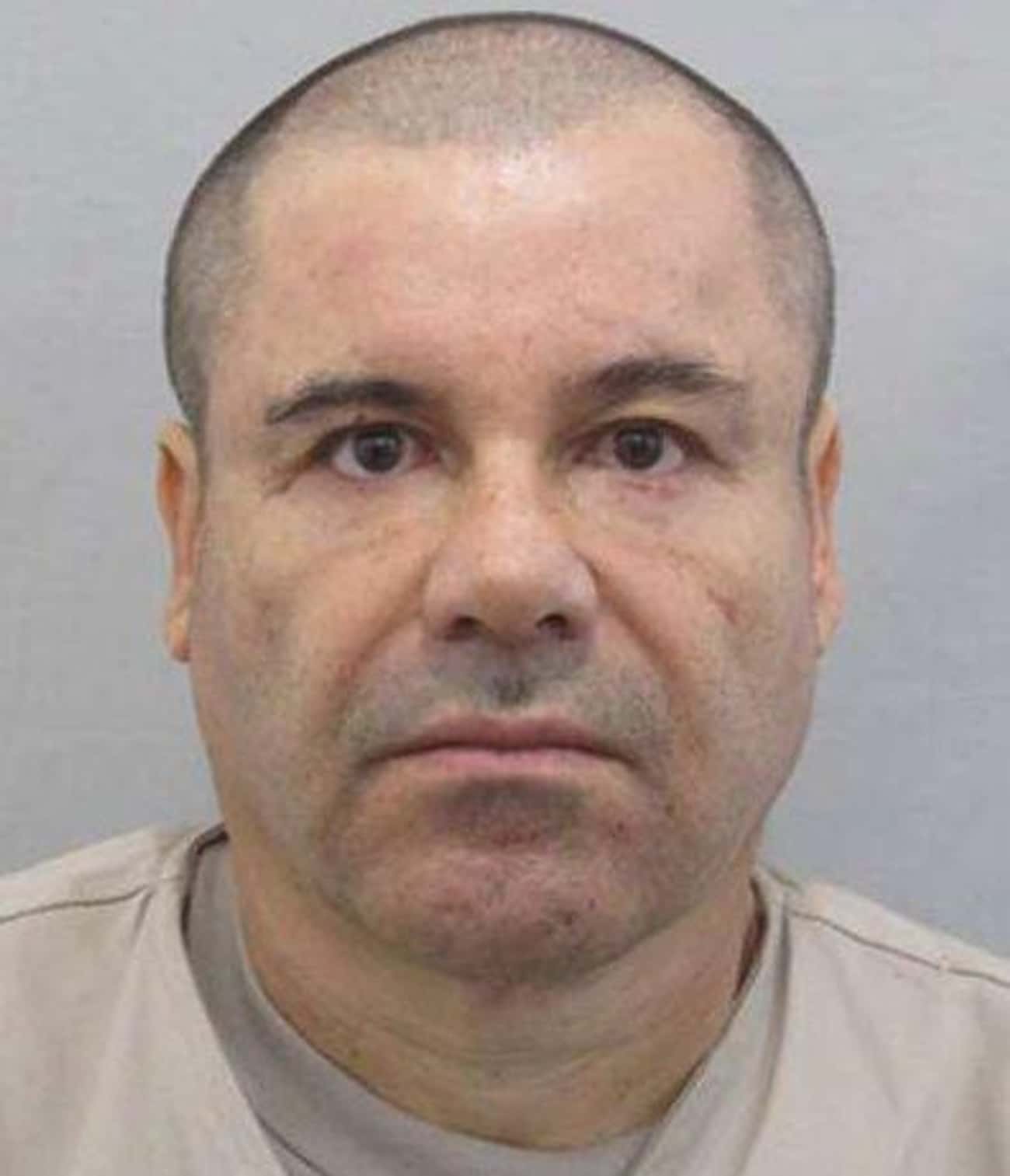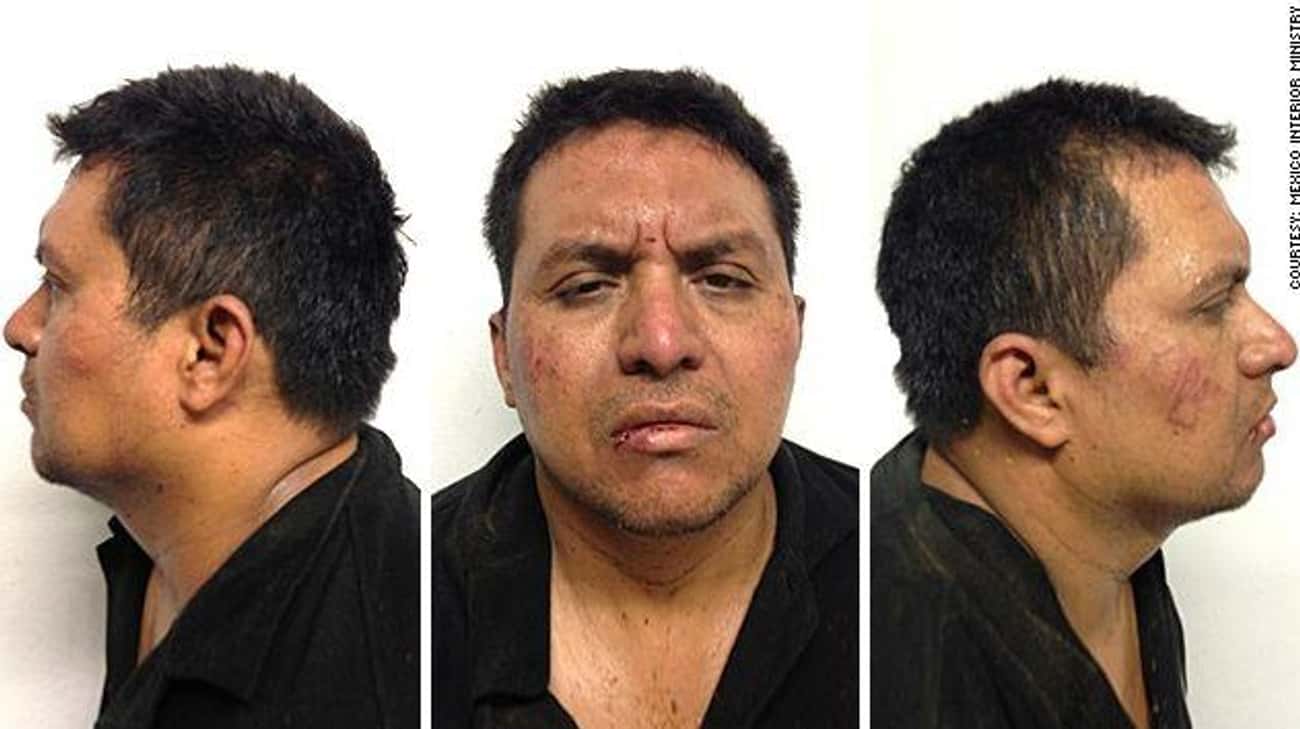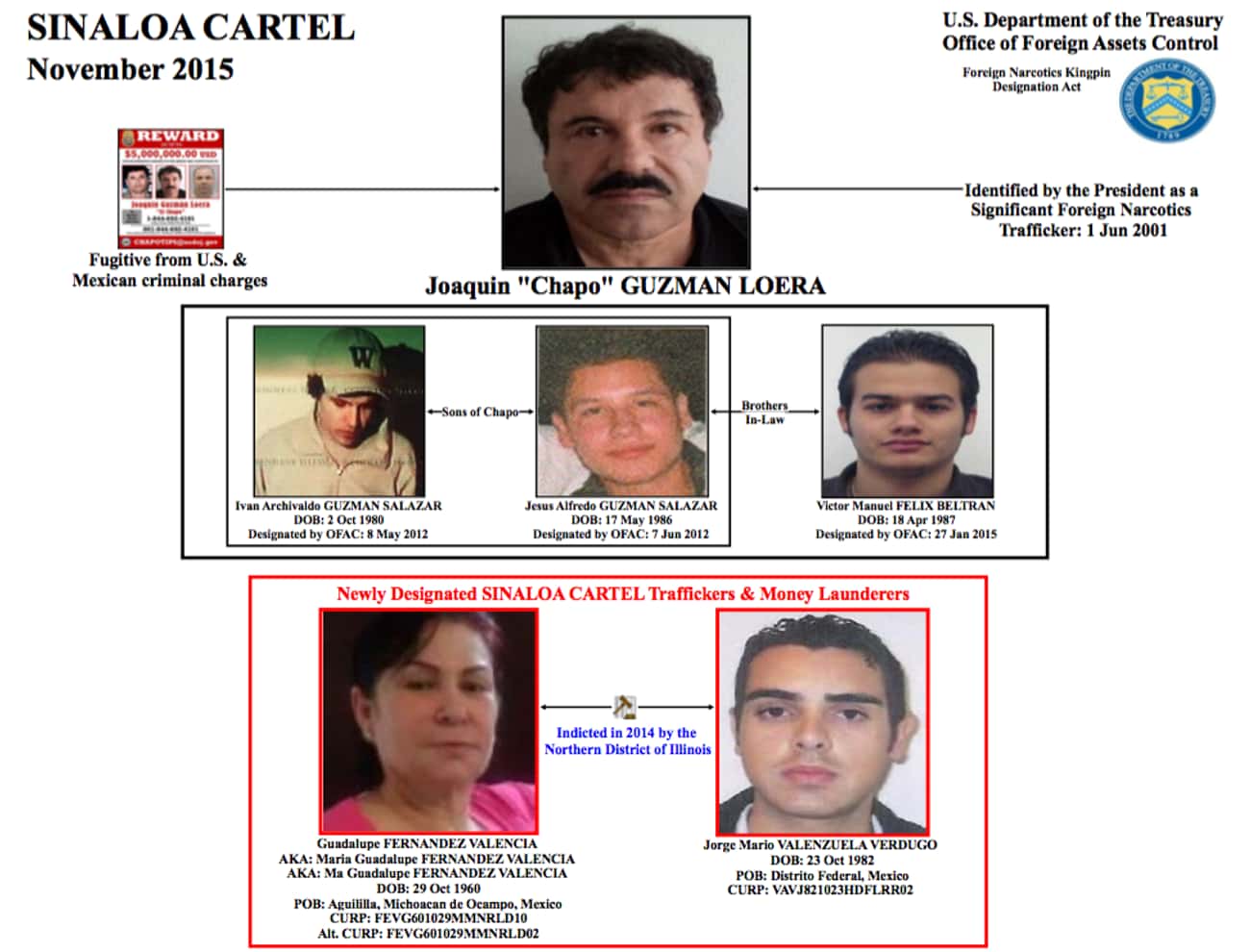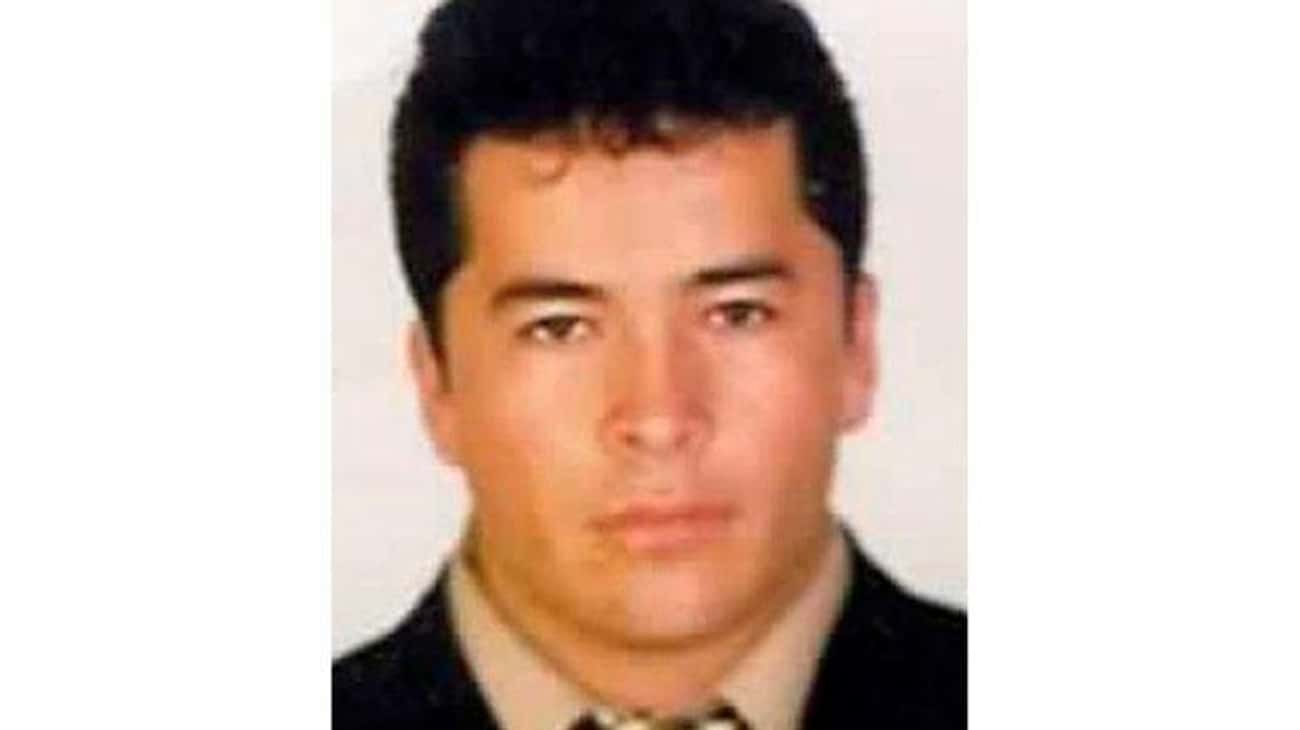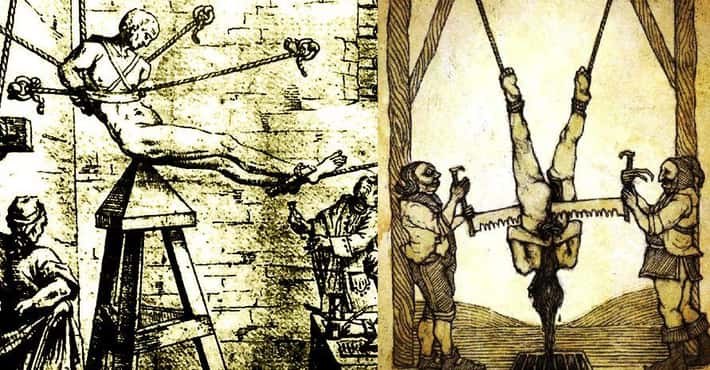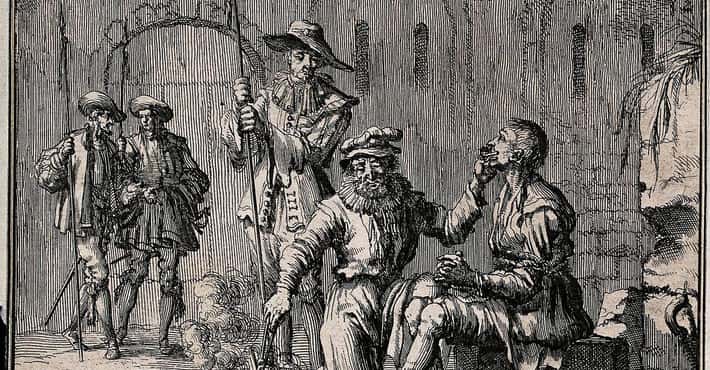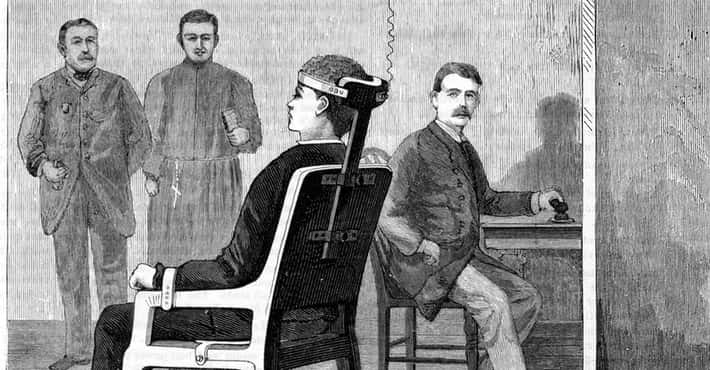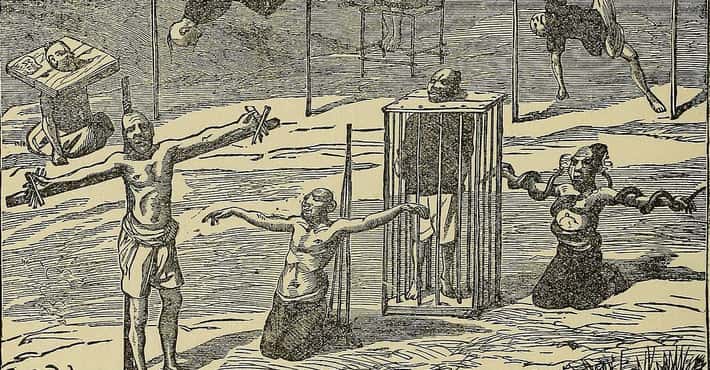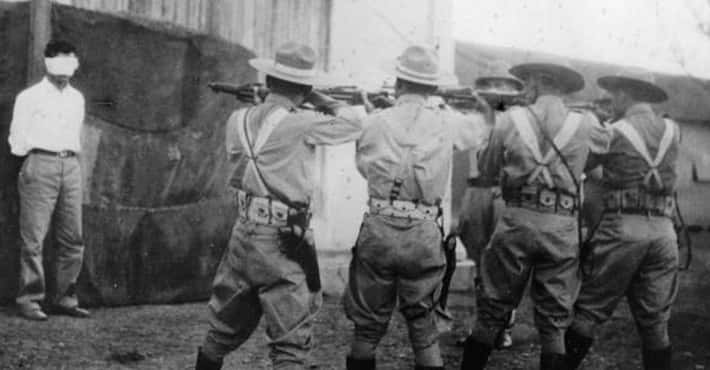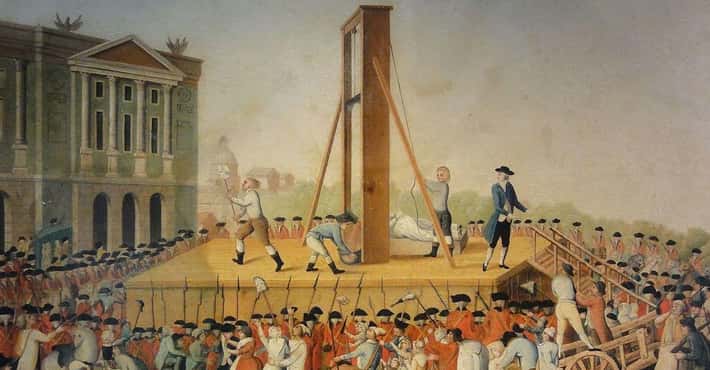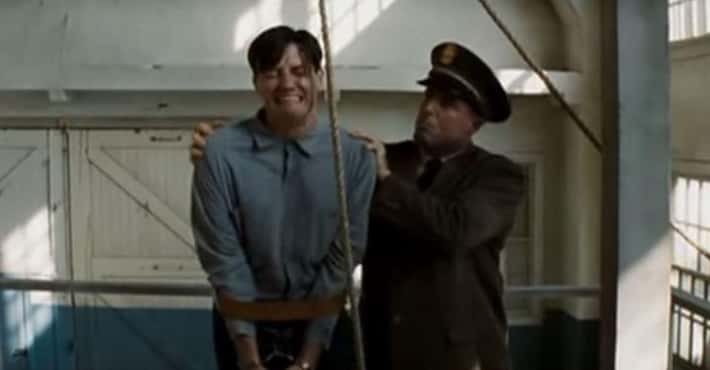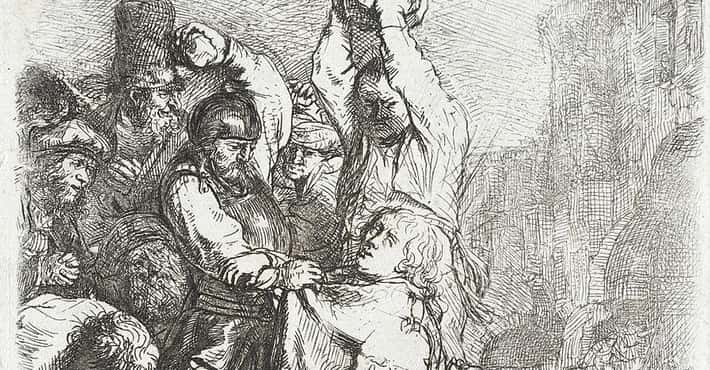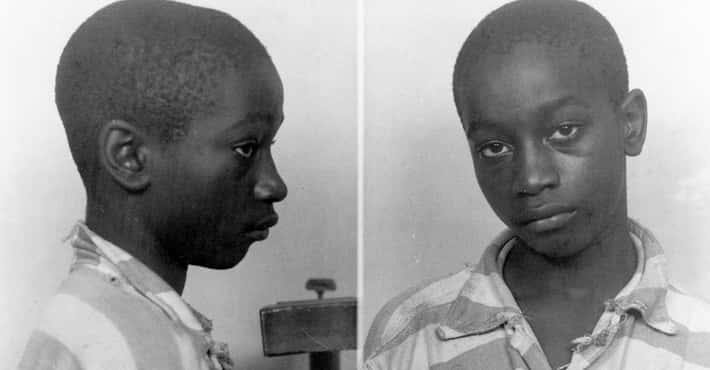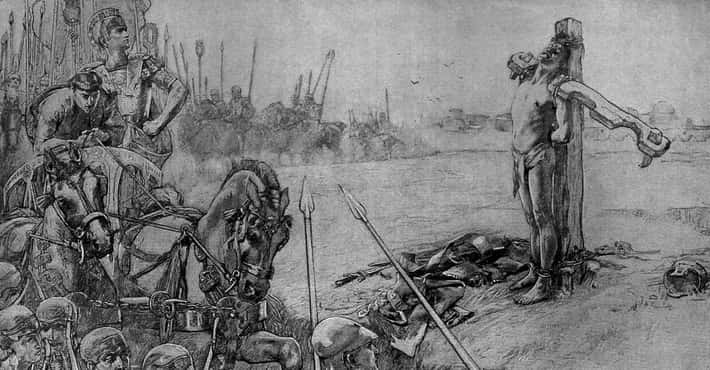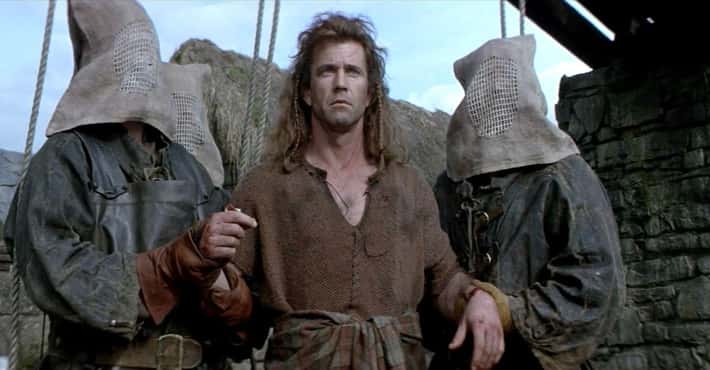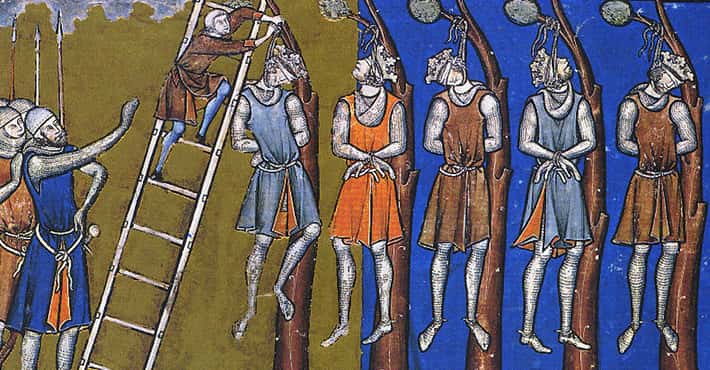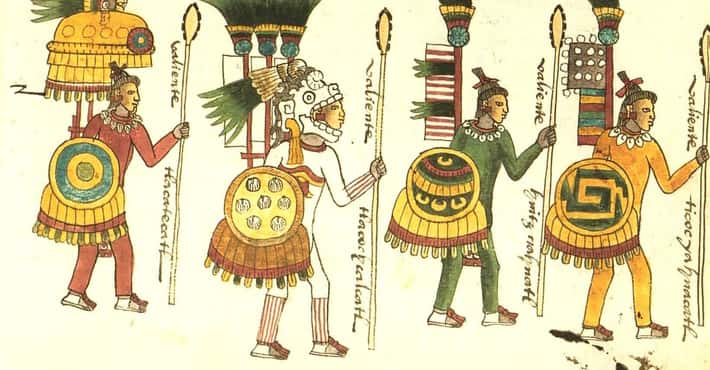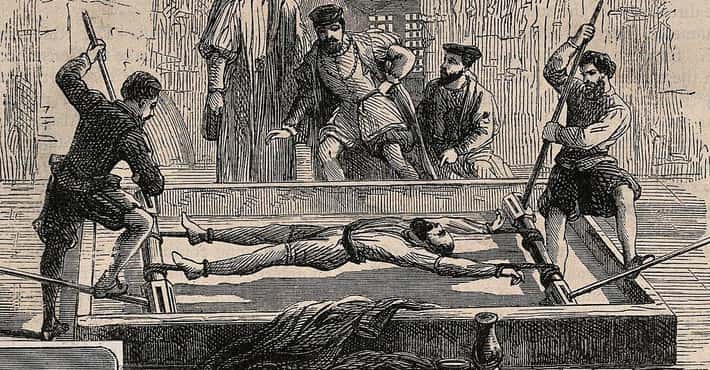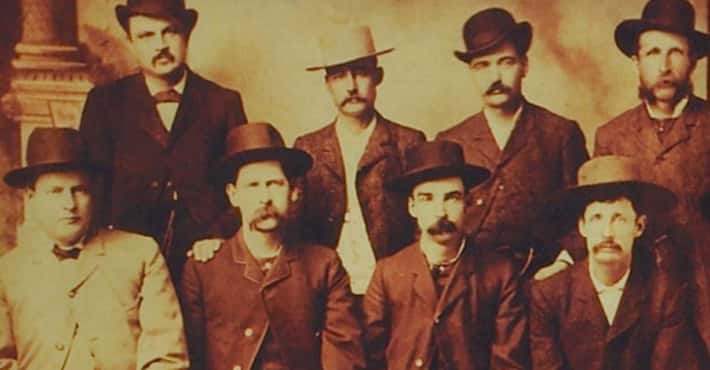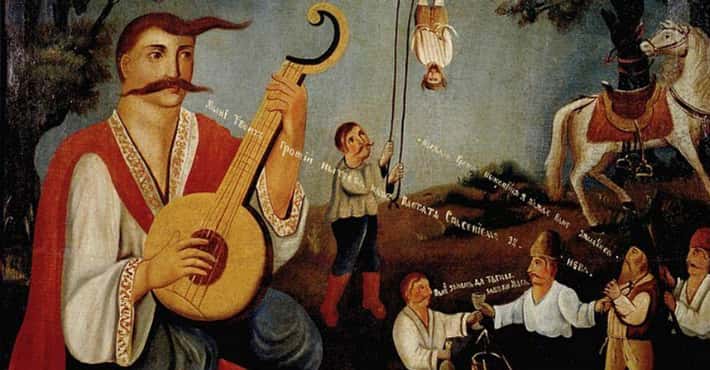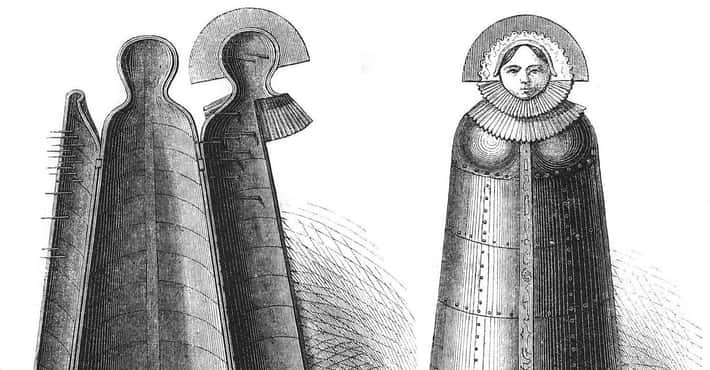The Most Brutal Execution Methods Reportedly Used By Mexican Cartels
The Mexican Drug War - a sustained, violent conflict between powerful drug cartels and the Mexican government - has claimed an estimated 164,000 lives over the past decade. This rampant bloodshed has torn apart cities and communities across Mexico, often taking the lives of the innocent along with those directly involved.
The Mexican cartels (The Sinaloa, Los Zetas, The Gulf Cartel, and the Knights Templar, most notably) and their known drug associates continue to escalate gratuitous acts of retaliation and often record the executions.
Beheading By Chainsaw
Photo: Mexico Attorney General's Office / via CT Post / Public DomainIn 2017, the Mexican government extradited Joaquín "El Chapo" Guzmán, a known member of the Sinaloa cartel, to the US. Guzmán faces charges of murder and laundering funds. New York prosecutors have evidence against the alleged cartel leader, including YouTube videos in which Guzmán systematically harmed and then removed the heads of rival gang members.
In a 2010 video, Guzmán used a chainsaw against Hugo Hernandez, reportedly to send a message indicating he would use aggression against anyone who involves law enforcement with the cartel's enterprises.
'The Stew'
Photo: Mexico Interior Ministry / via CNN / Public DomainIn 2013, Mexican Marines apprehended Miguel Ángel Treviño Morales, the alleged cartel leader of Los Zetas. Authorities believe Morales is responsible for at least 72 slayings in the 2010 San Fernando massacre. Also known as “Z-40,” Morales reportedly executed perceived enemies of the cartel using the method of “The Stew,” or El Guiso.
This execution style entails taking live victims and putting them in a 55-gallon drum. Then Morales would either boil them or douse them in a flammable liquid and set them afire.
Face Peeling
Face peeling has become a common practice in the Mexican Drug War as an effective scare tactic to rivals and would-be informants. In 2010, Guzmán, or El Chapo, recorded a video of him removing Hugo Hernandez's head with a chainsaw. Afterward, the alleged Sinaloa cartel leader removed Hernandez’s face.
Reportedly, he then affixed the victim's face to a soccer ball to add to his warning intended for the Juarez cartel. Mexican authorities recovered the soccer ball from the footsteps of city hall in Ciudad Juarez. The Sinaloa cartel included a note: "Happy New Year, because this will be your last."
Feeding To Lions And Tigers
Photo: United States DEA / via Wikimedia Commons / Fair UseJust as the infamous Pablo Escobar kept hippopotamuses and other exotic creatures at his private compound, rare and dangerous pets are still a status symbol today for high-ranking members of the Mexican cartels.
Heriberto Lazcano, also known as "Z-3" and El Lazca, allegedly fed his enemies to his exotic pets - lions and tigers. The former alleged leader of the Los Zetas cartel forced his victims into cages and allowed an audience to view the proceedings. Lazcano was reportedly felled in a 2012 shootout with Mexican military officials.
Acid Baths
Video: YouTube
In 2009, Federal Agents apprehended Santiago Meza Lopez, known as “The Soupmaker,” or El Polozero. Lopez confessed to dissolving over 300 bodies in acid baths for the Tijuana cartel. Reportedly, Teodoro García Simenta, an alleged lieutenant for the Tijuana cartel, paid Lopez to get rid of the cartel’s victims. Federal agents relayed Lopez’s acid bath method:
The procedure to dispose of the corpses was to fill a drum with 200 liters of water and then put two sacks of caustic soda, put it over a fire and when it started to boil, put in the bodies.
Dismemberment
Video: YouTube
Texas law enforcement apprehended Marciano “Chano” Millan Vasquez in 2015. The courts convicted him on 10 counts, including murder and drug trafficking. Vasquez, an alleged hitman for the Los Zetas cartel, was involved in the 2013 kidnapping of a former drug trafficking associate. The associate later testified against Vasquez, claiming the cartel assassin took him to an undisclosed location where Vasquez was also keeping a family of three.
Reportedly, US officials seized a shipment of narcotics, and Chano sought retribution against the man for failure to pay for the lost goods. When the hitman removed the blindfold, the drug associate saw a family - a couple and their 6-year-old daughter - standing near a flaming barrel. The cartel members forced the parents to watch as Vasquez dismembered the girl with an ax. He then threw her limbs into the fire. Vasquez repeated the same action on the parents.
Execution-Style Shootings
Photo: via Wikimedia Commons / Fair UseLos Zetas cartel reportedly enacted the mass destruction of 72 immigrants from Central and South America. Known as the 2010 San Fernando Massacre, cartel members dispatched the immigrants in execution-style shootings before piling them together in a mass grave.
In 2011, authorities uncovered another nearby mass grave, which contained 193 bodies. The victims are unidentified, but investigators theorize the Los Zetas stopped people who were crossing the US border illegally near Texas. If the migrants refused to cooperate, the cartel then executed them.
The following year, US authorities apprehended alleged Los Zetas lieutenant Salvador Alfonso Martínez Escobedo - also known as “Squirrel,” or La Ardilla. Law enforcement believes Escobedo orchestrated the decimation.
Hanging
For Mexican cartels, hanging a rival post-mortem in highly visible places functions to send a message regarding turf in disputed cities. These victims are frequently mutilated and show signs of abuse. The cartels are known to display these bodies on bridges and billboards.
In 2016, Mexican authorities found a body hanging from a bridge in Tijuana, just 10 miles south of the US border. The cartel had included a message scrawled on cardboard that was with the victim: "This is how all grasshoppers will be left.”
The San Diego Union-Tribune reported that from January to October in 2018, the drug trade has caused the loss of more than 1,025 lives in Tijuana.


